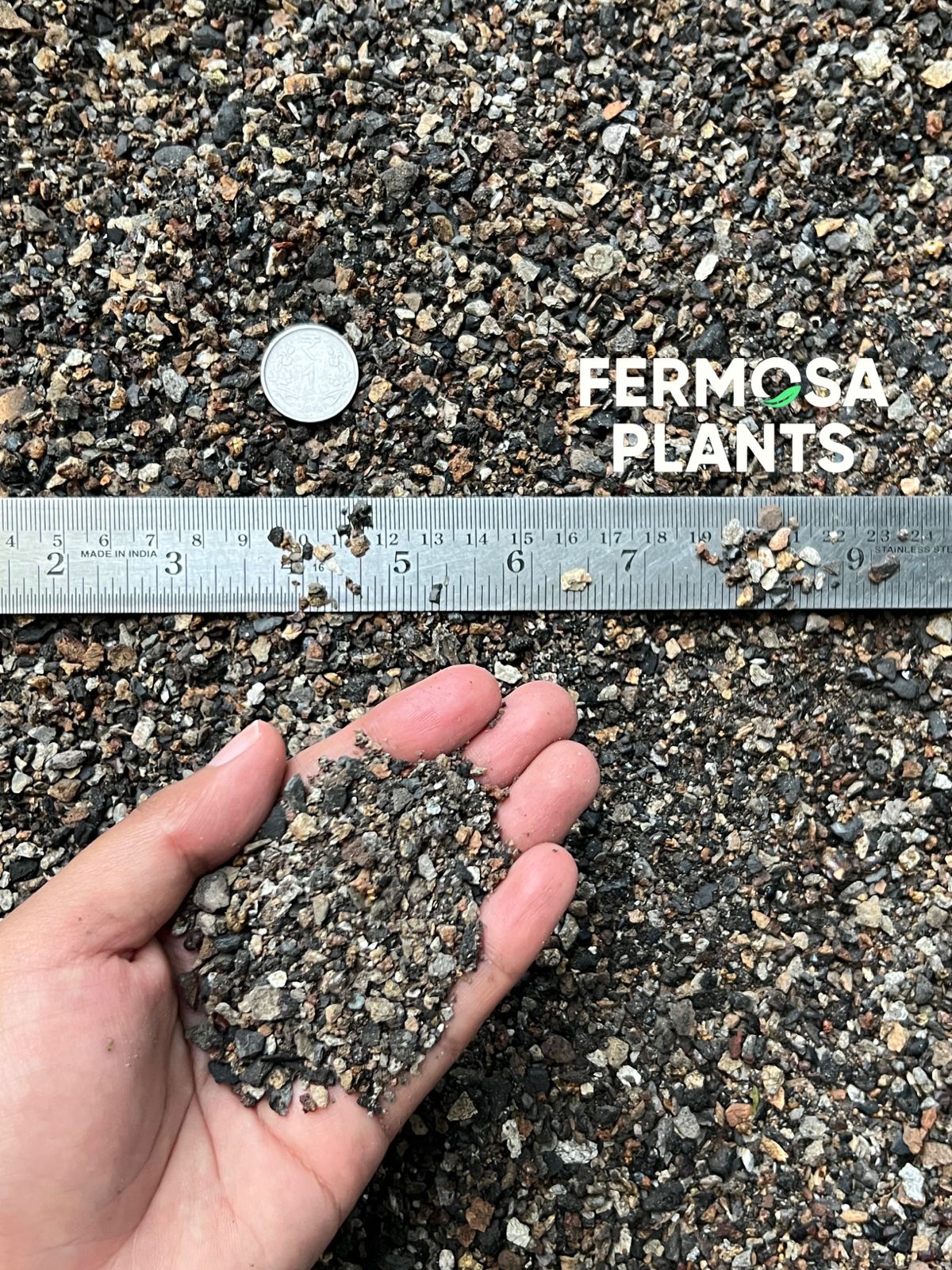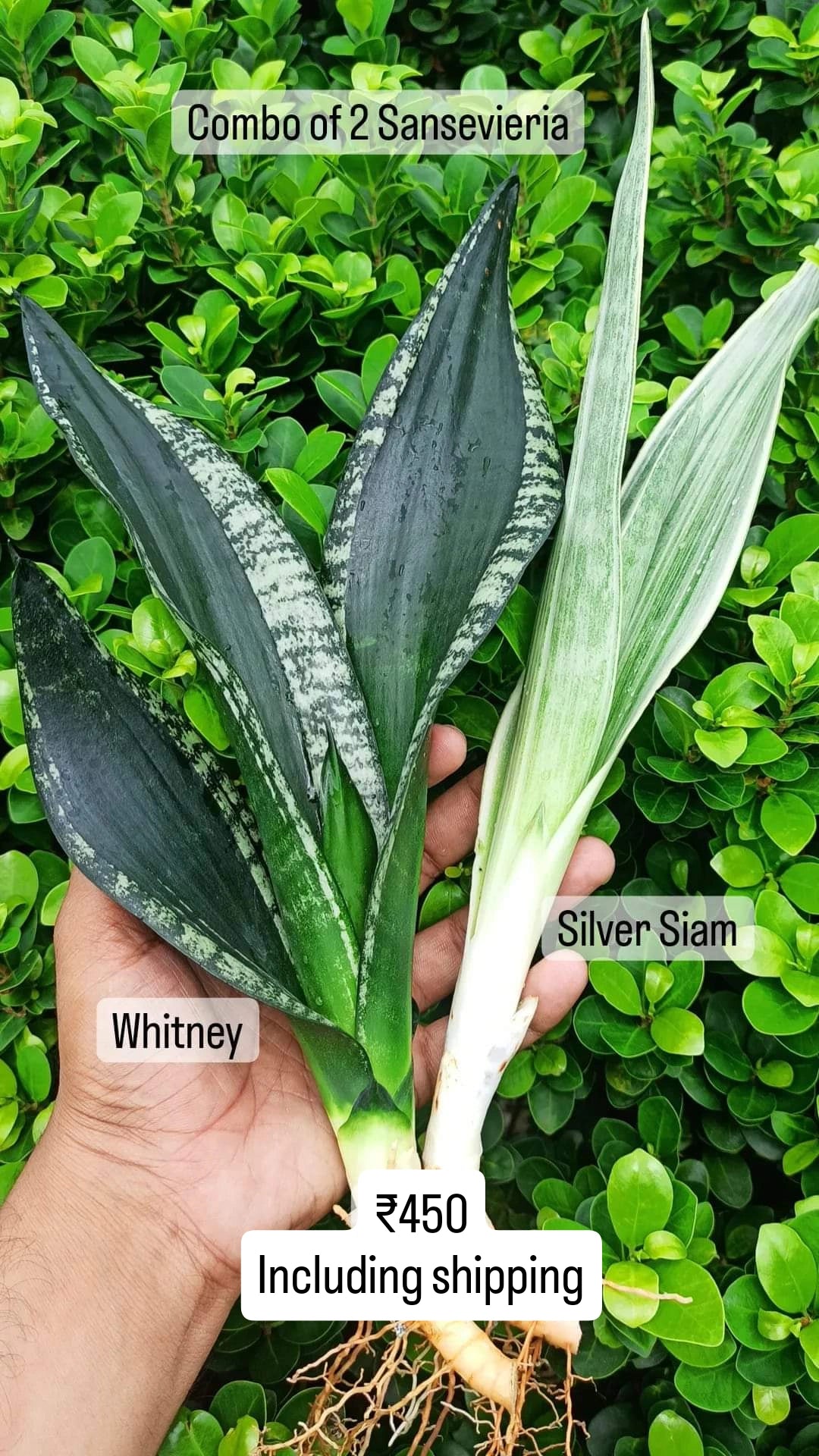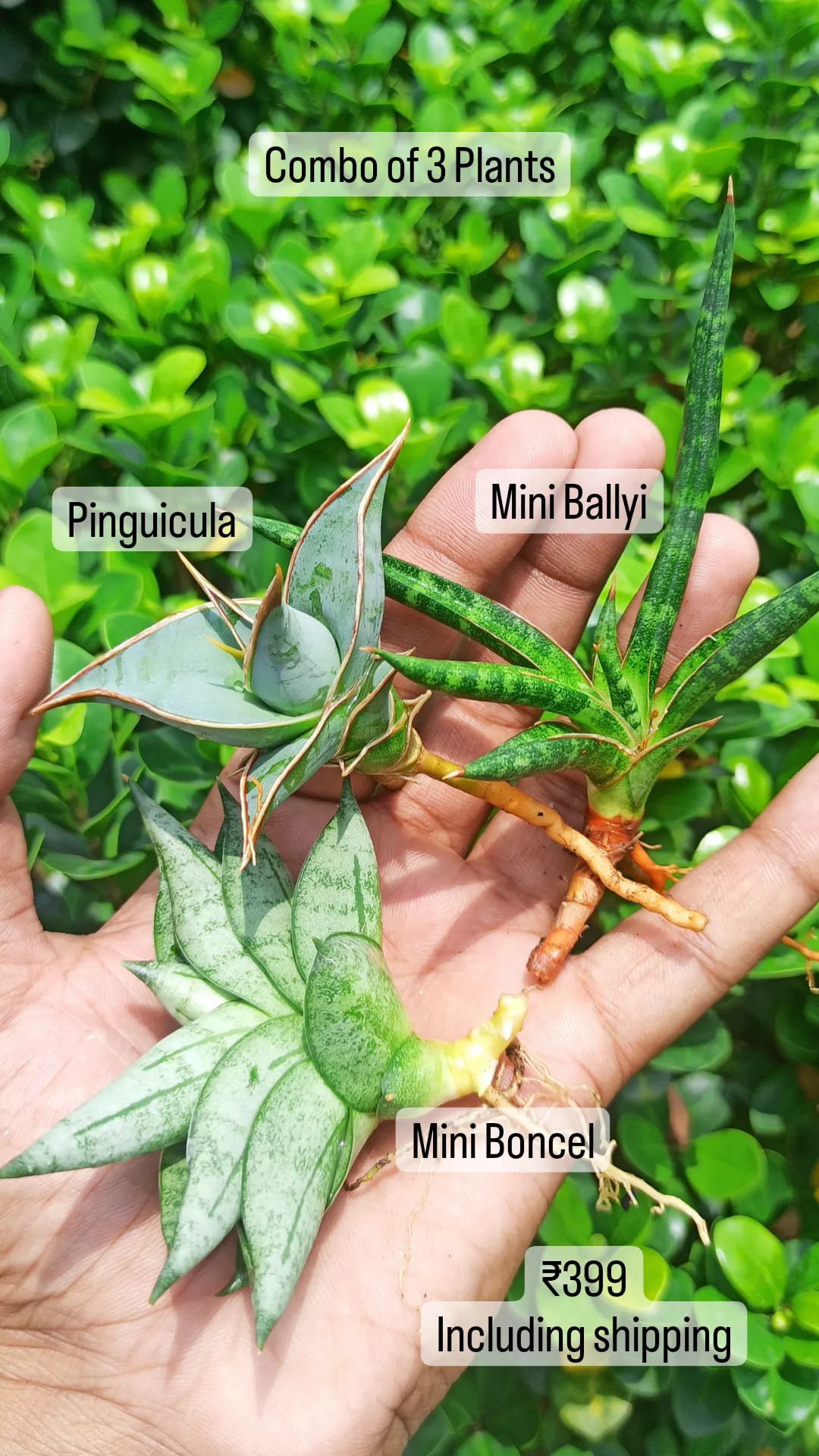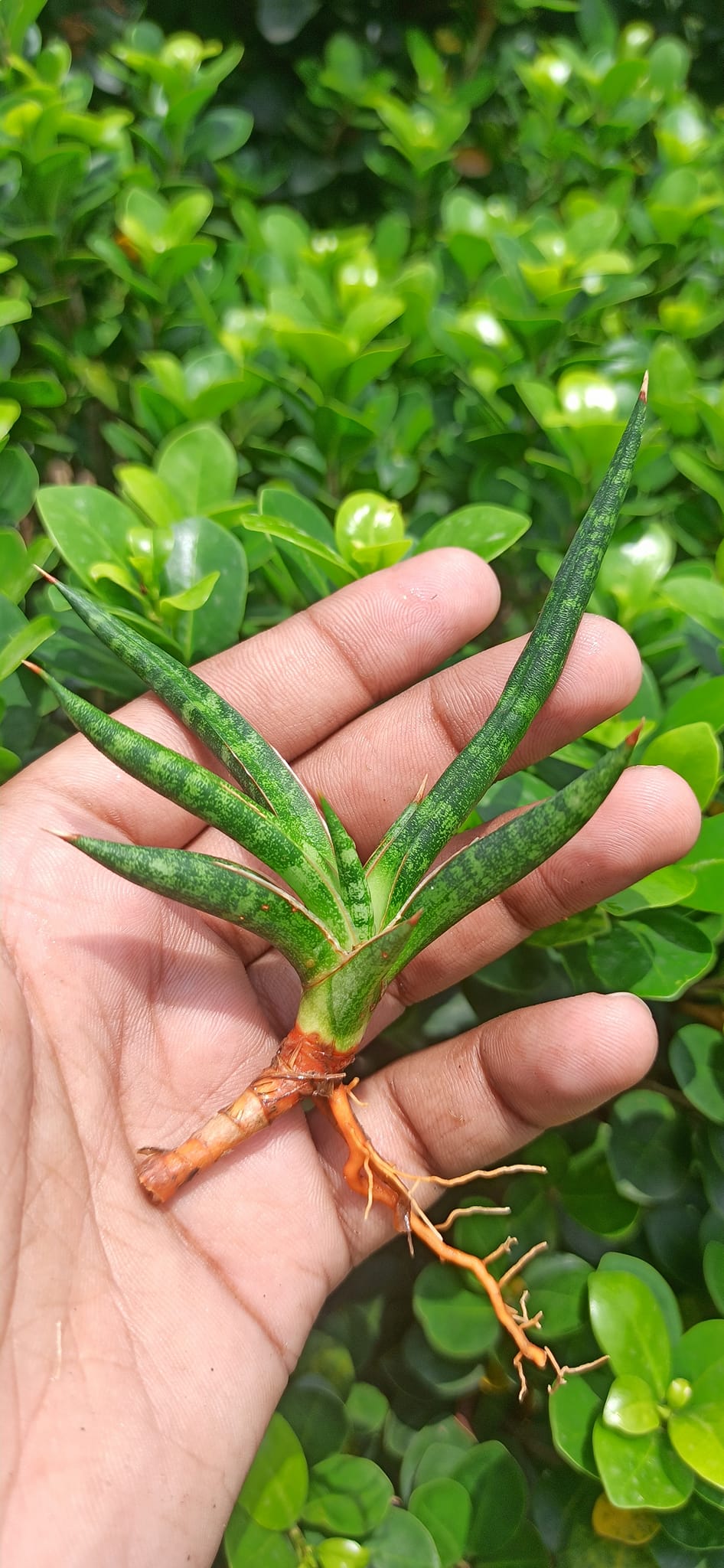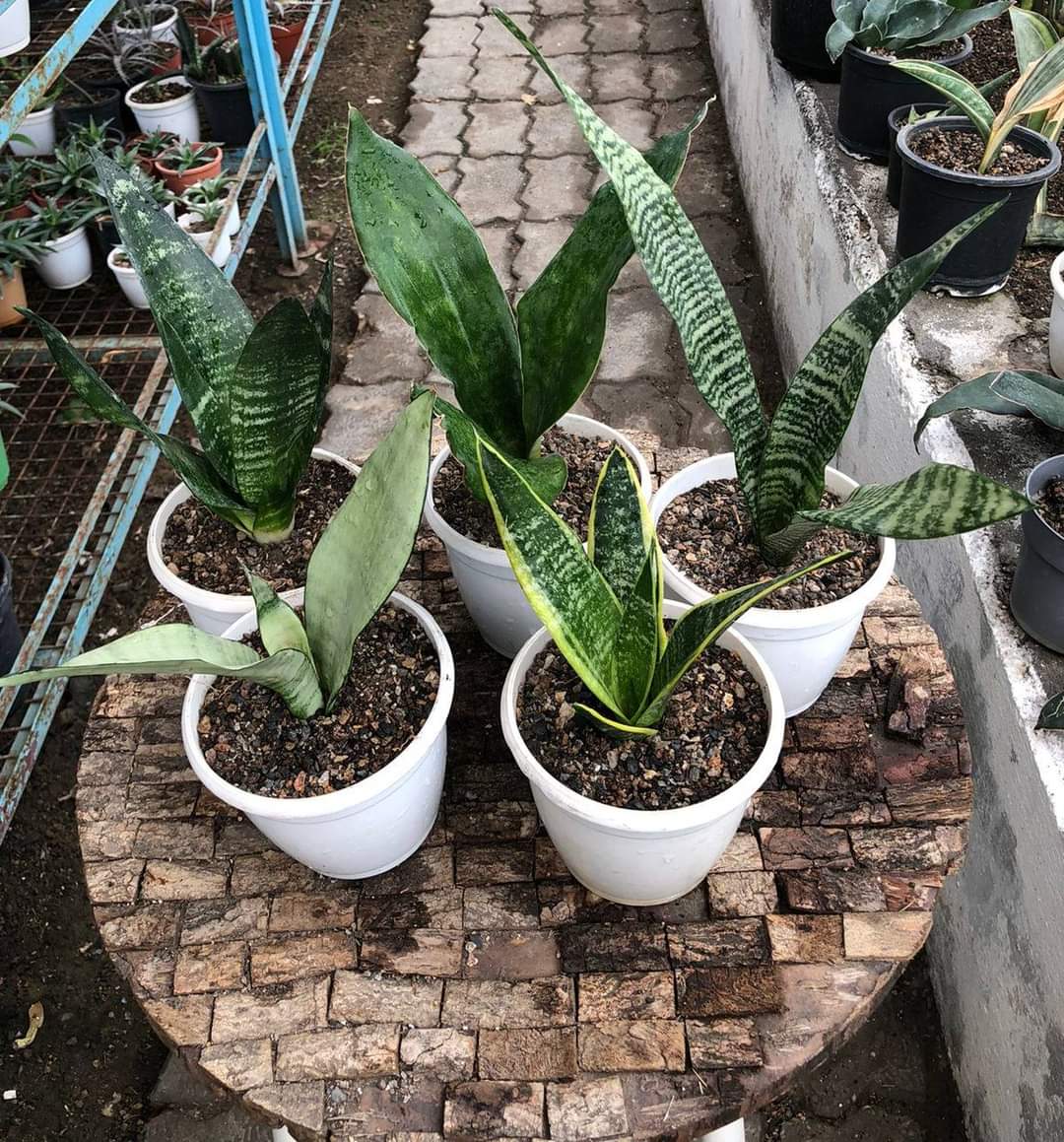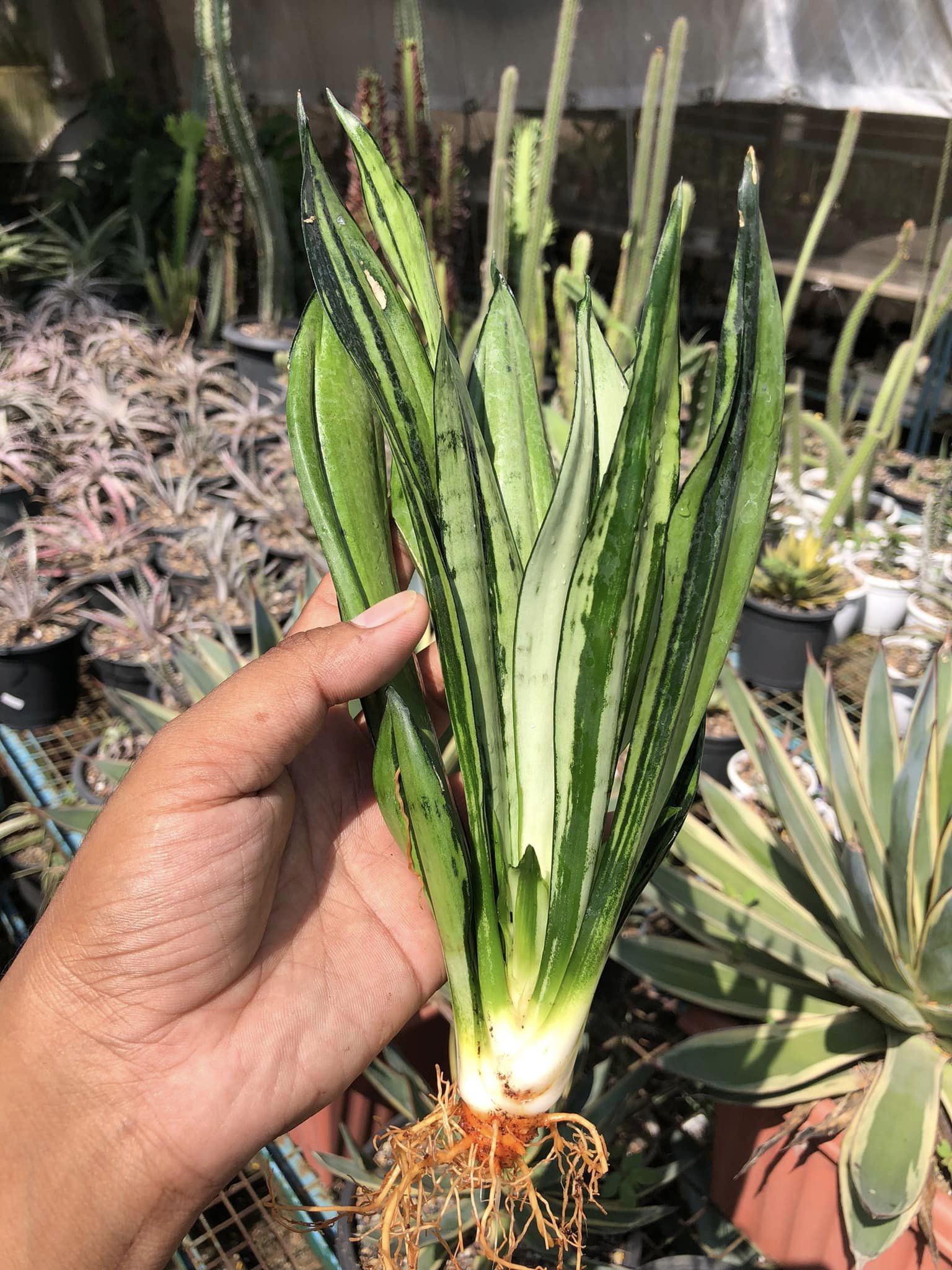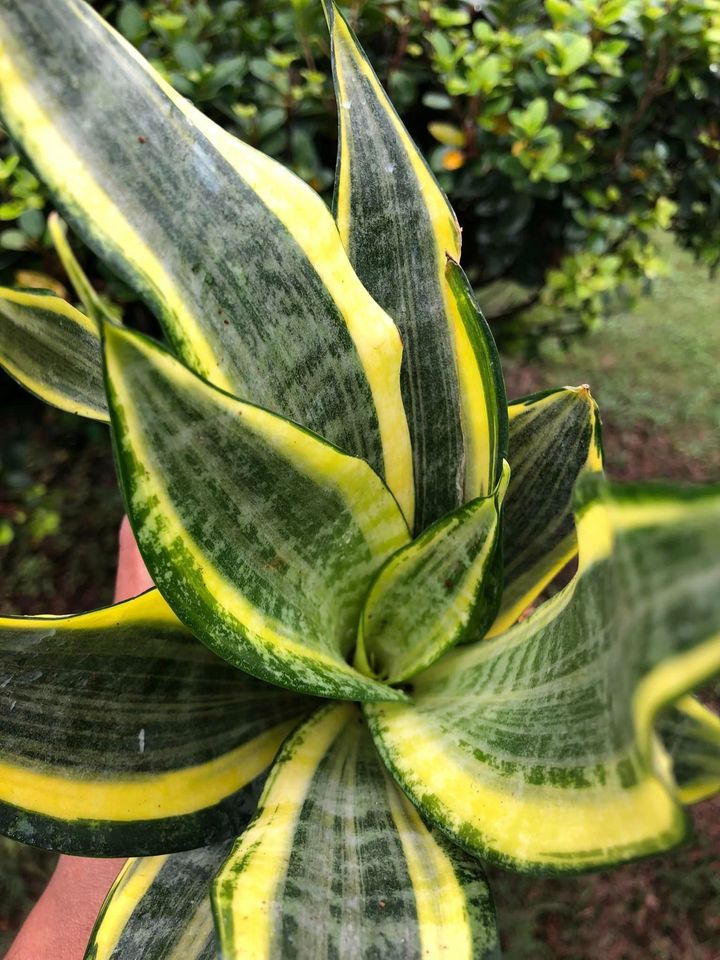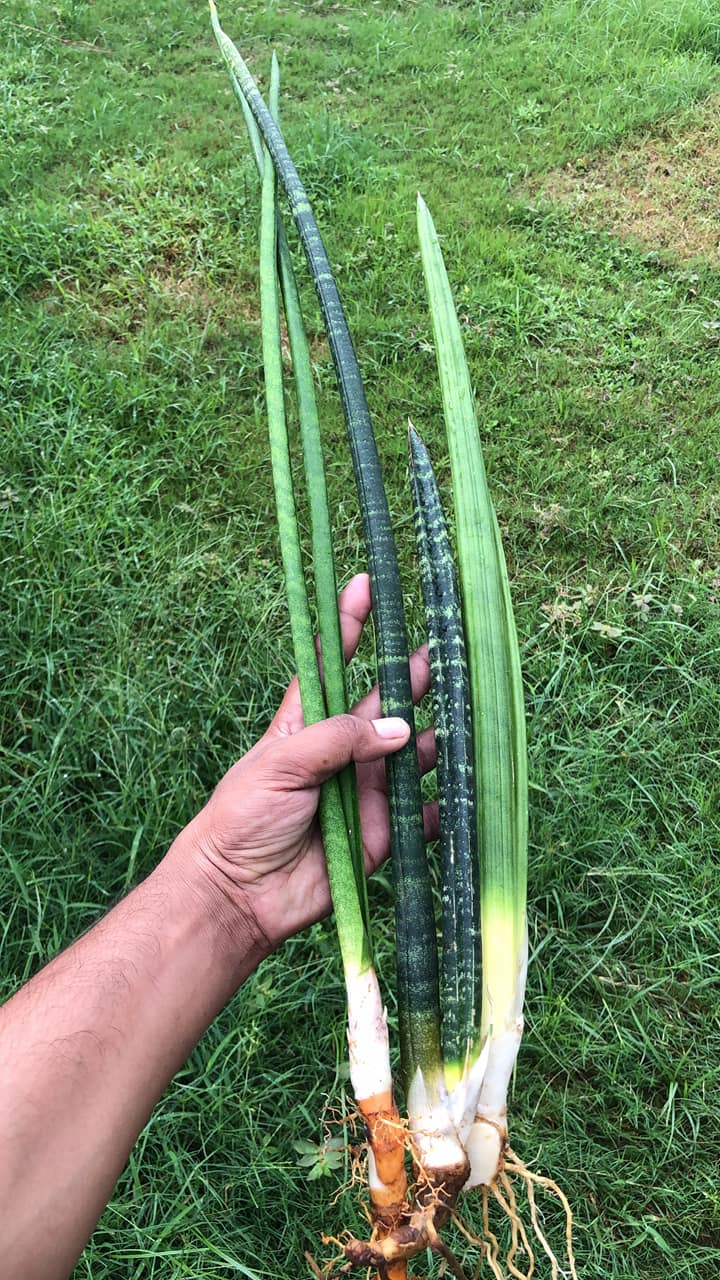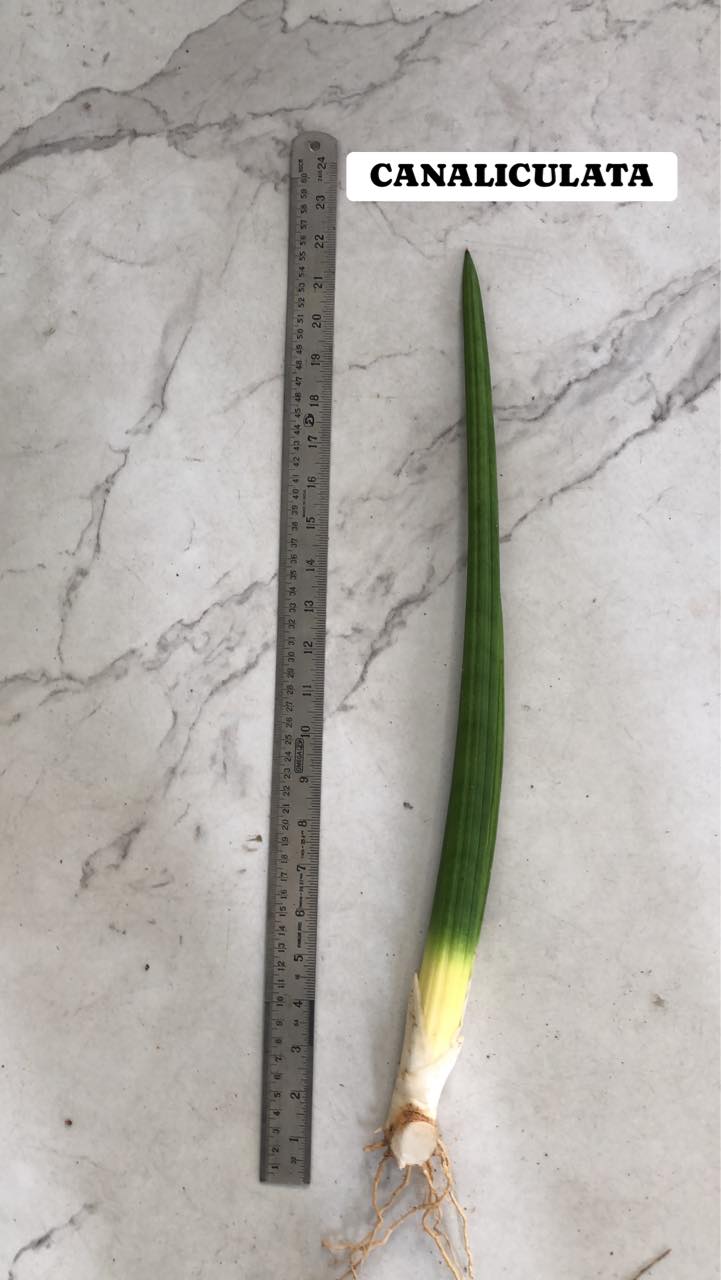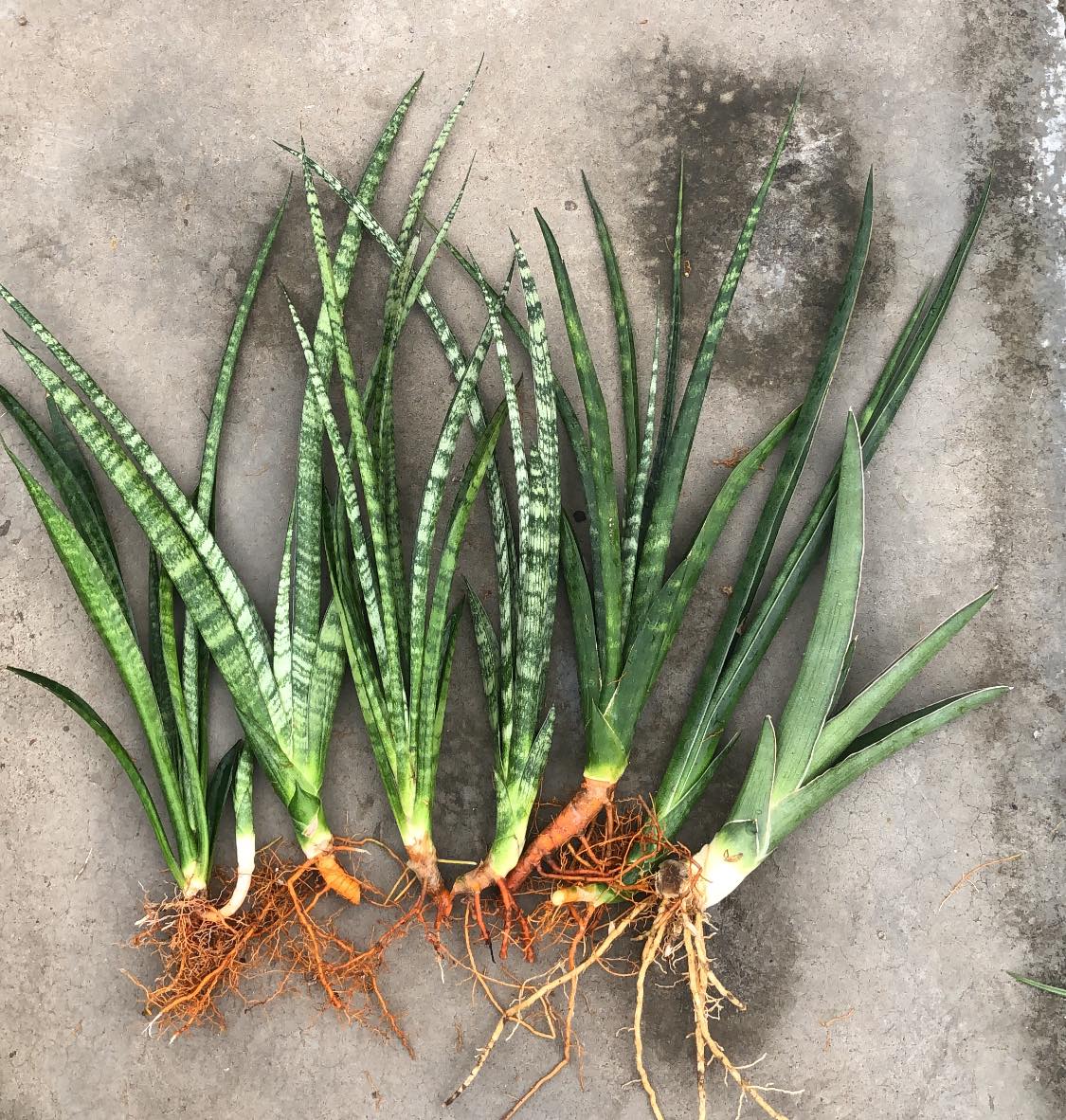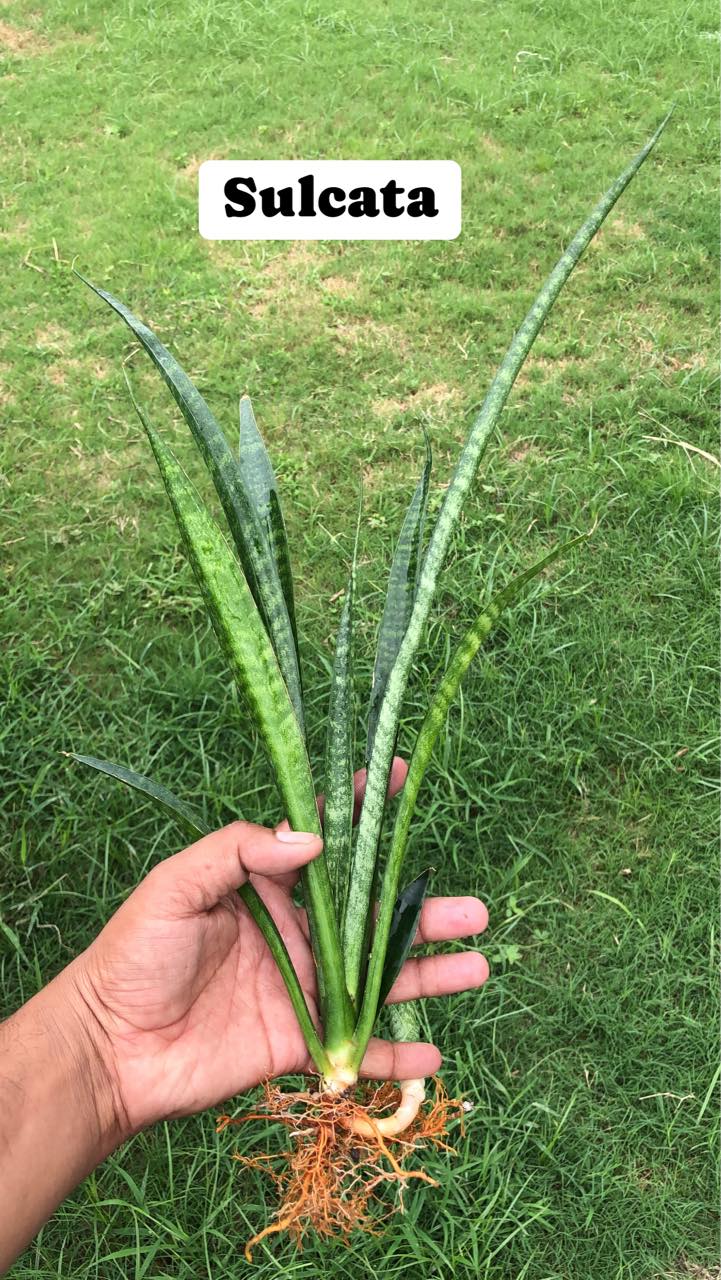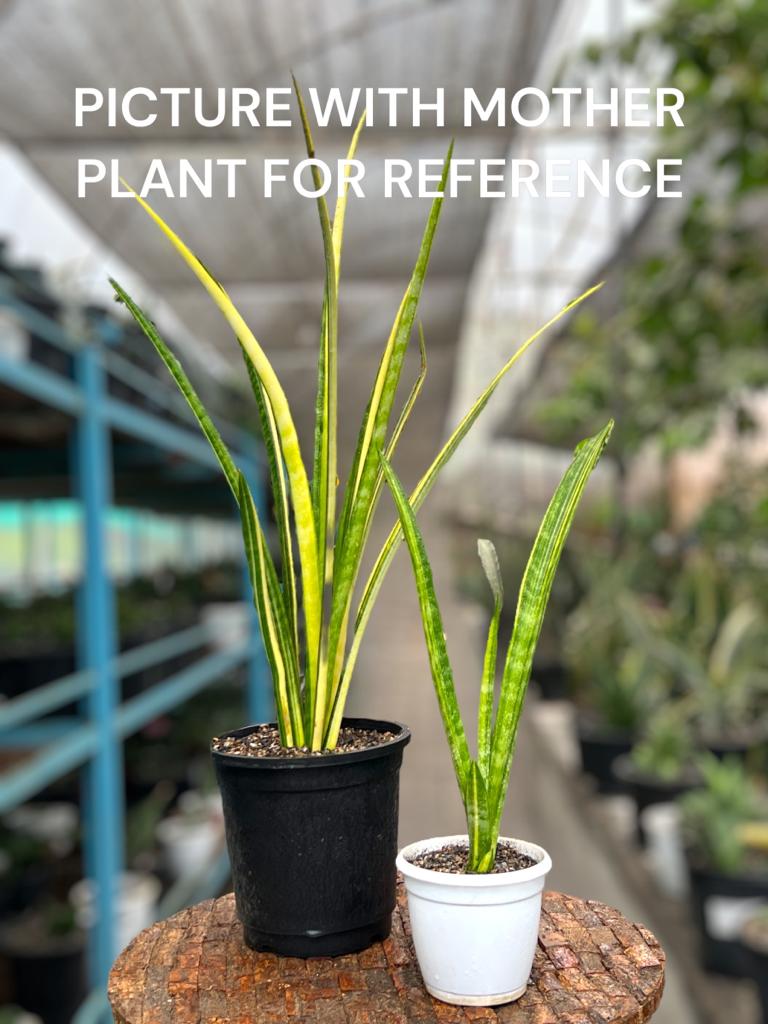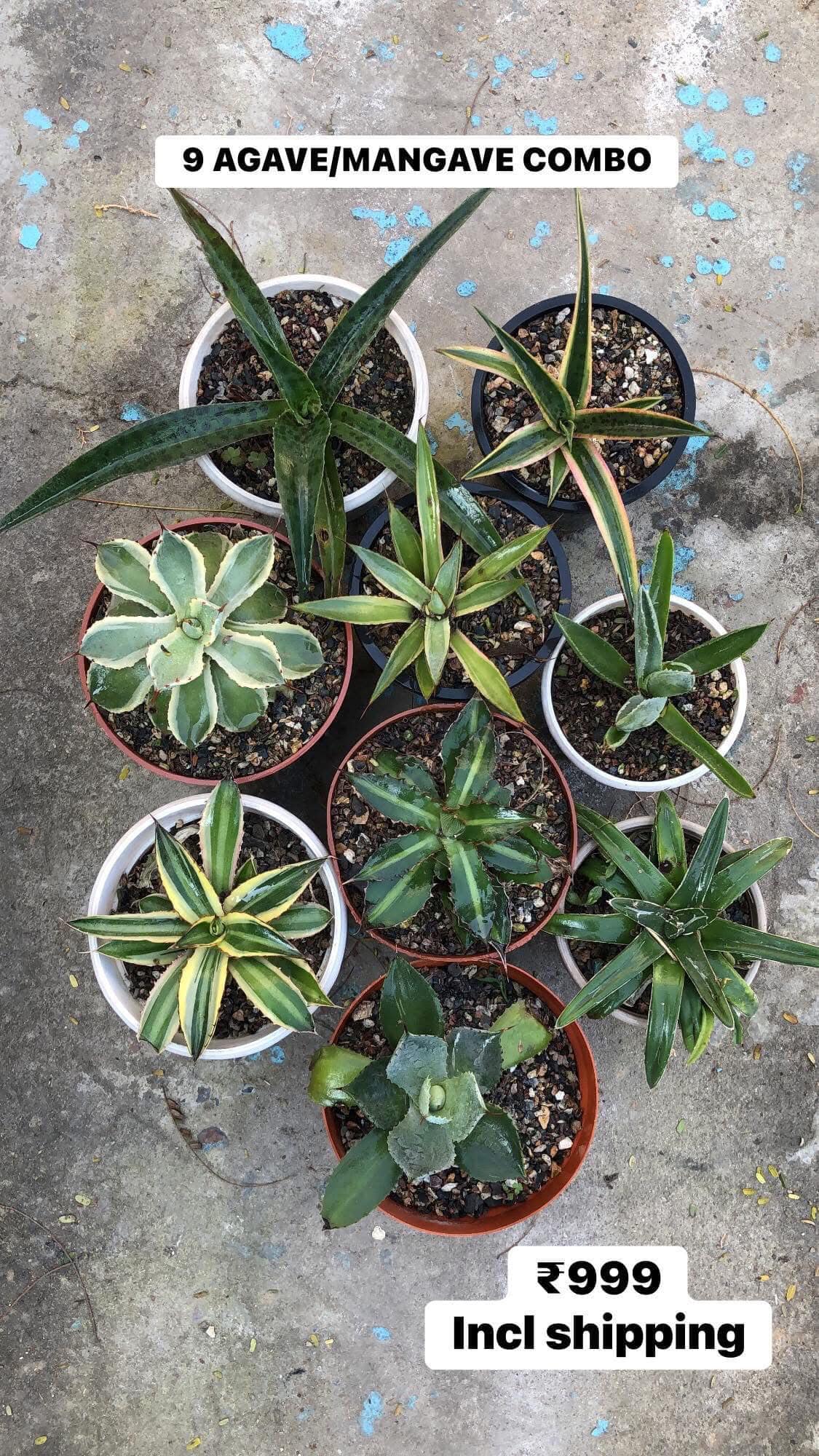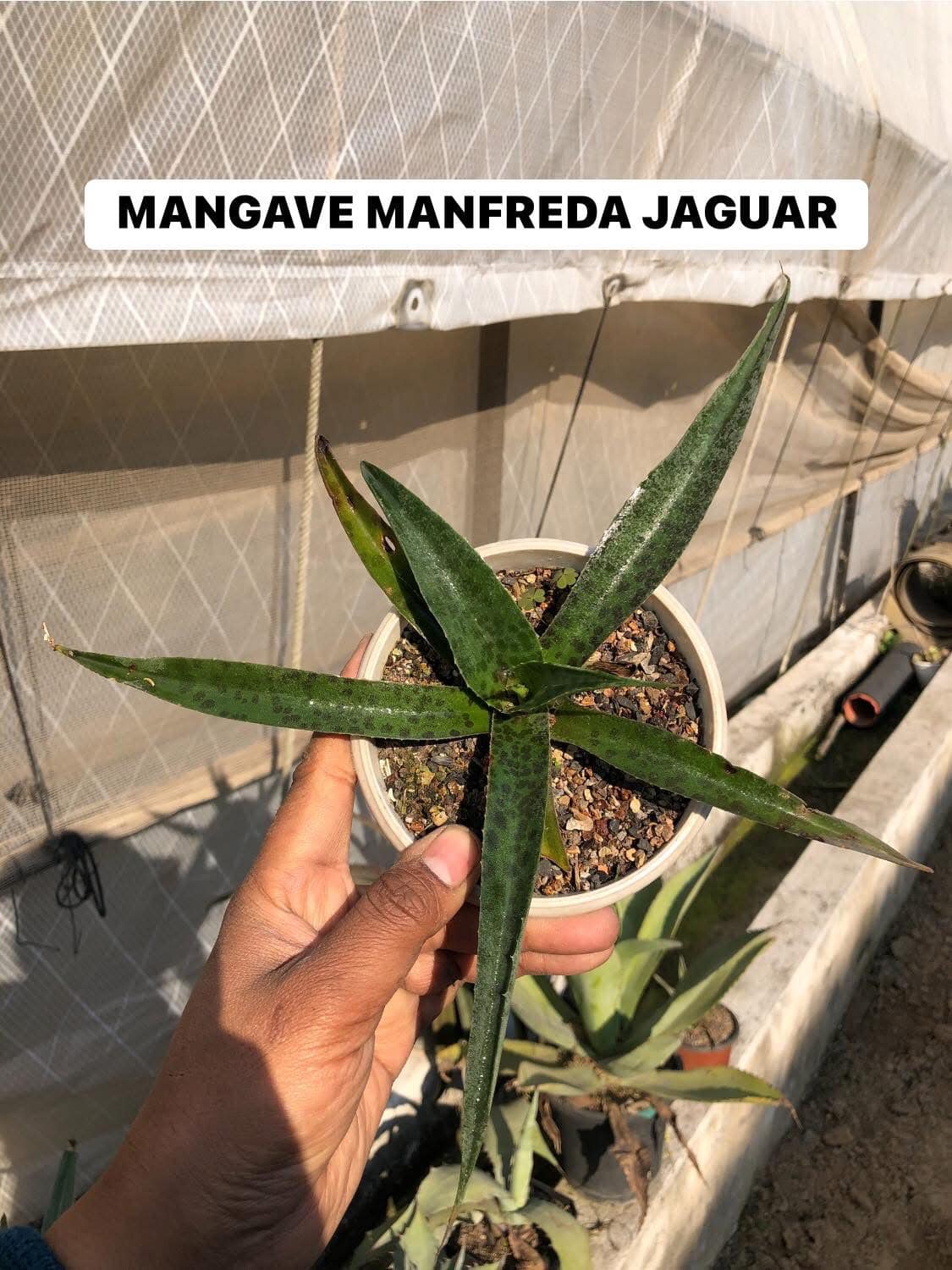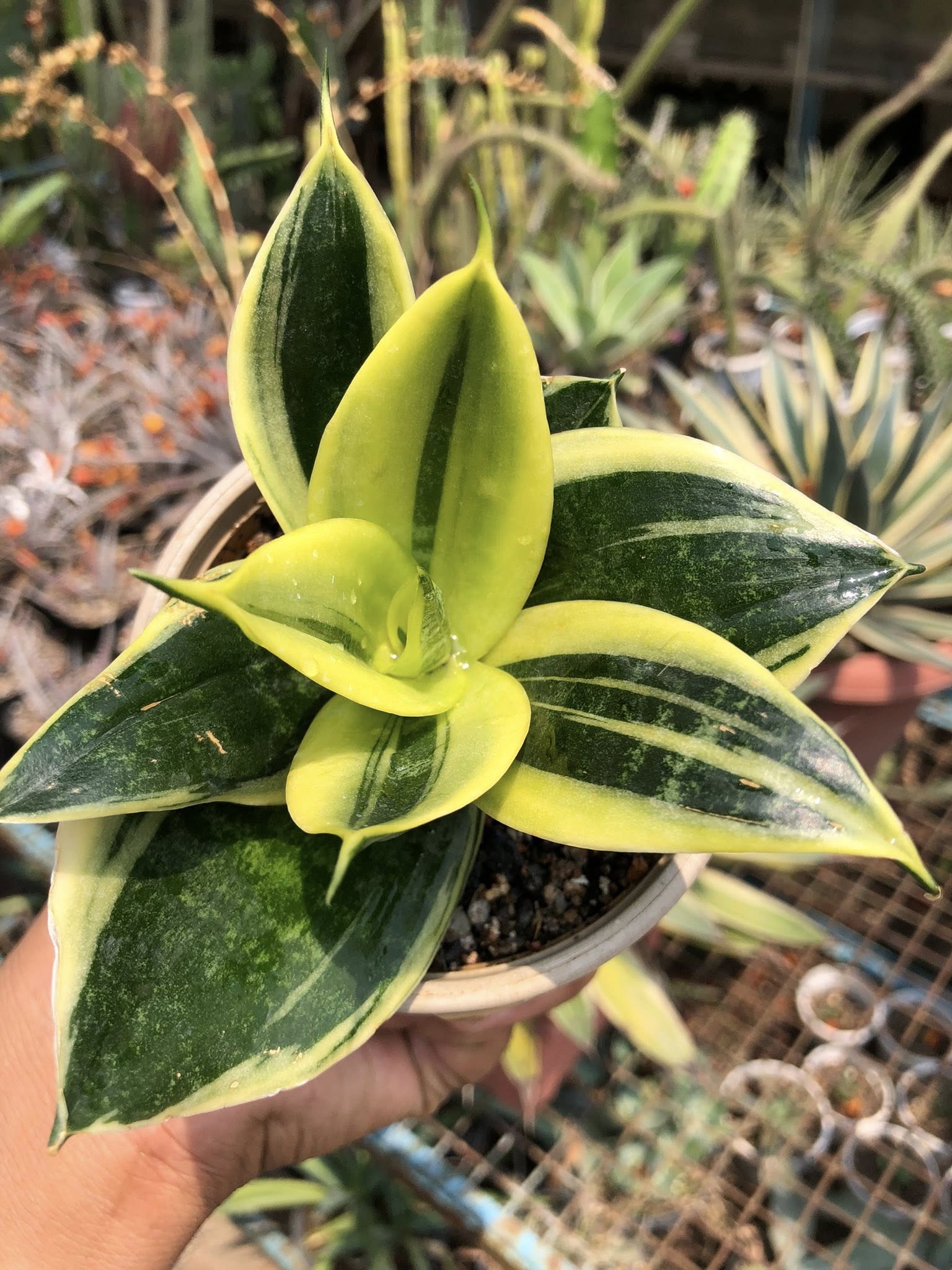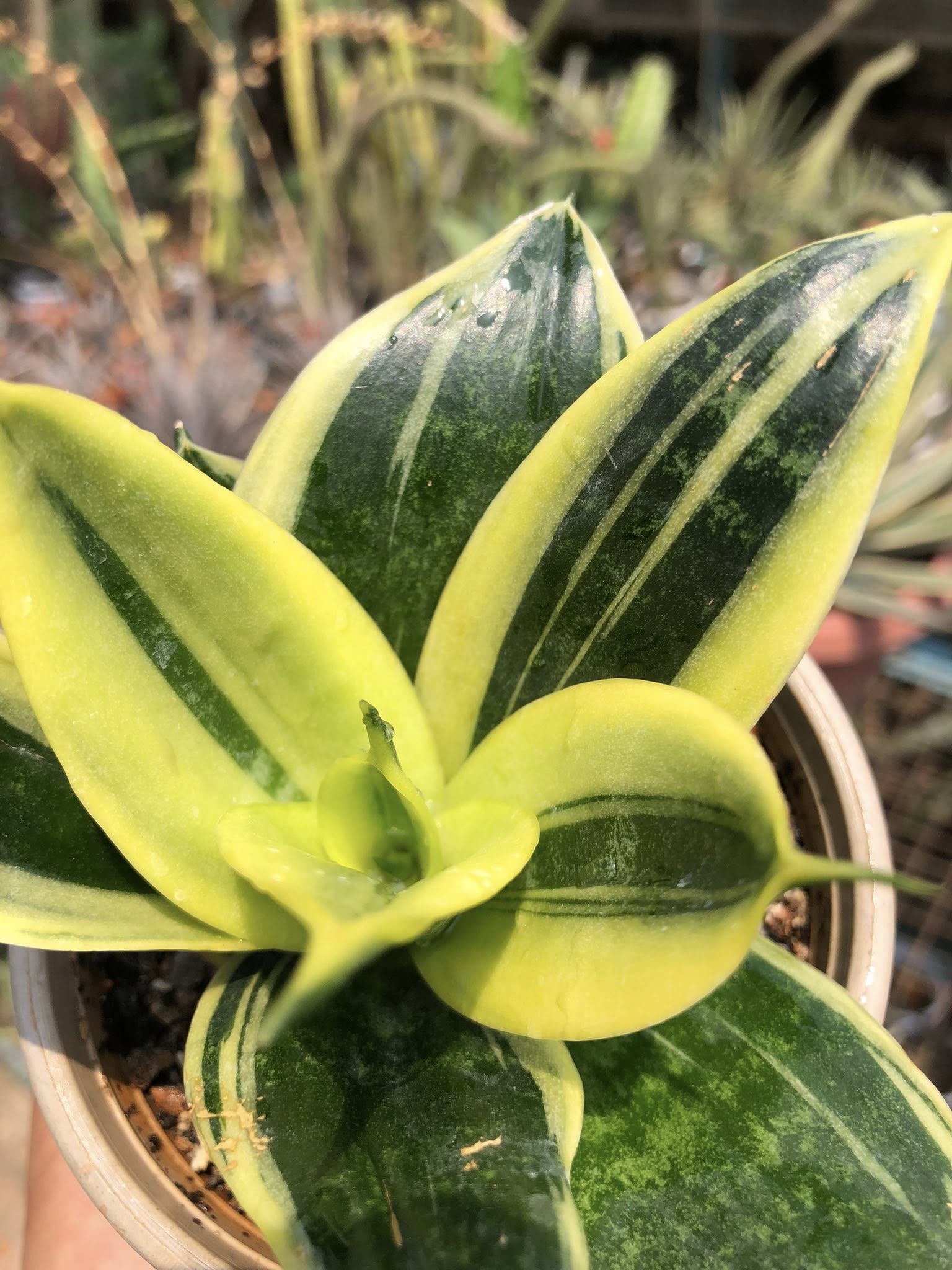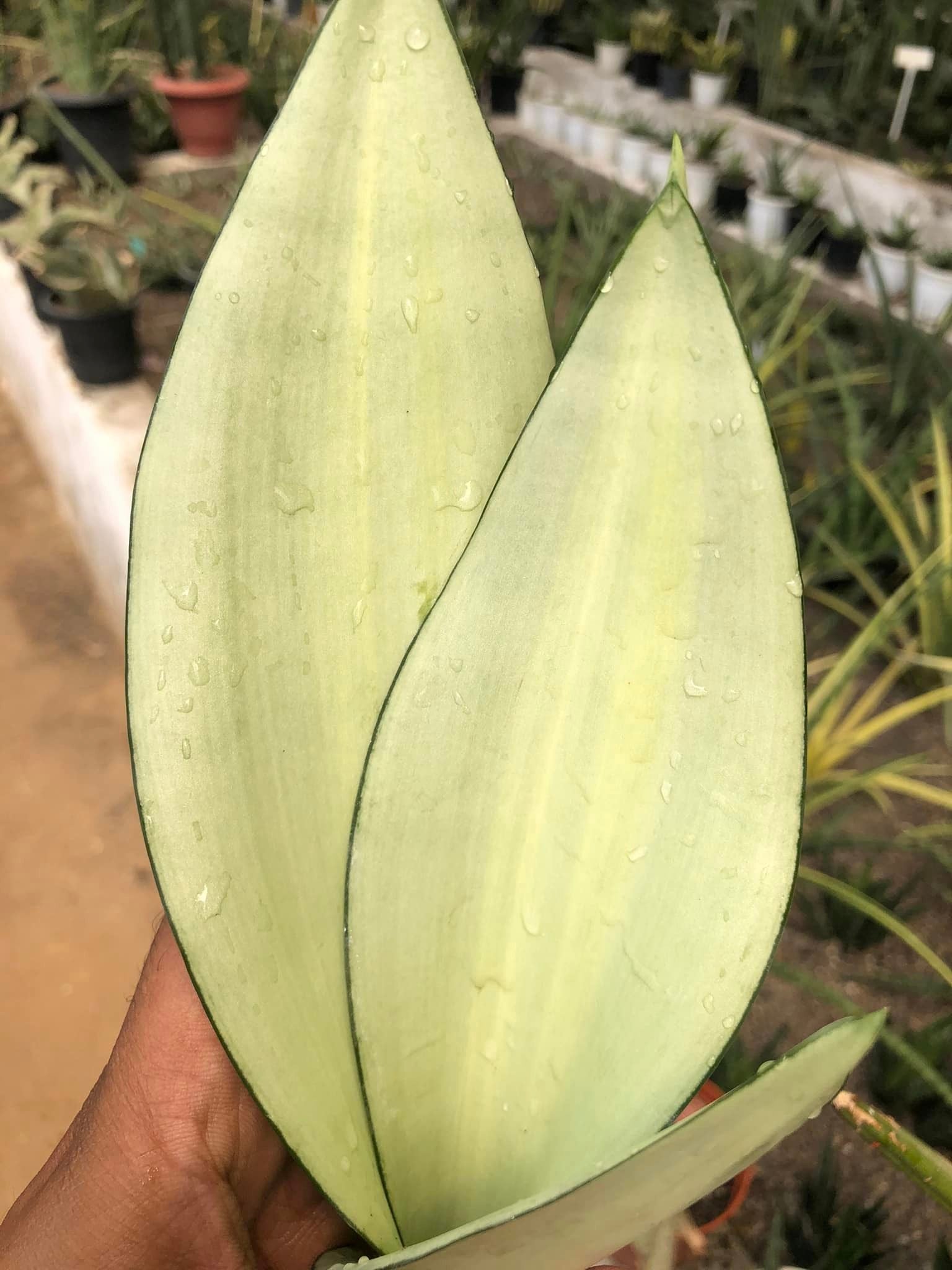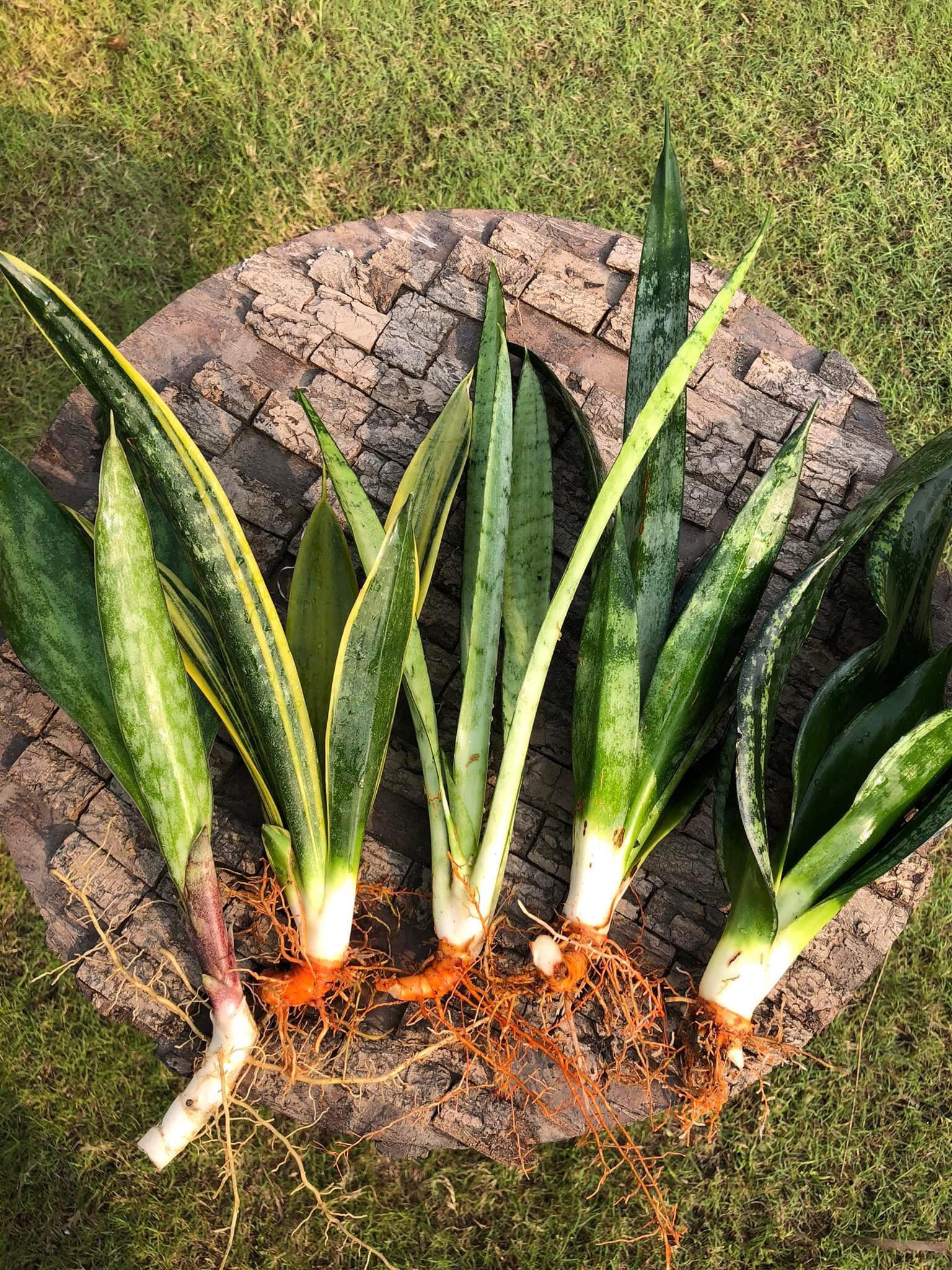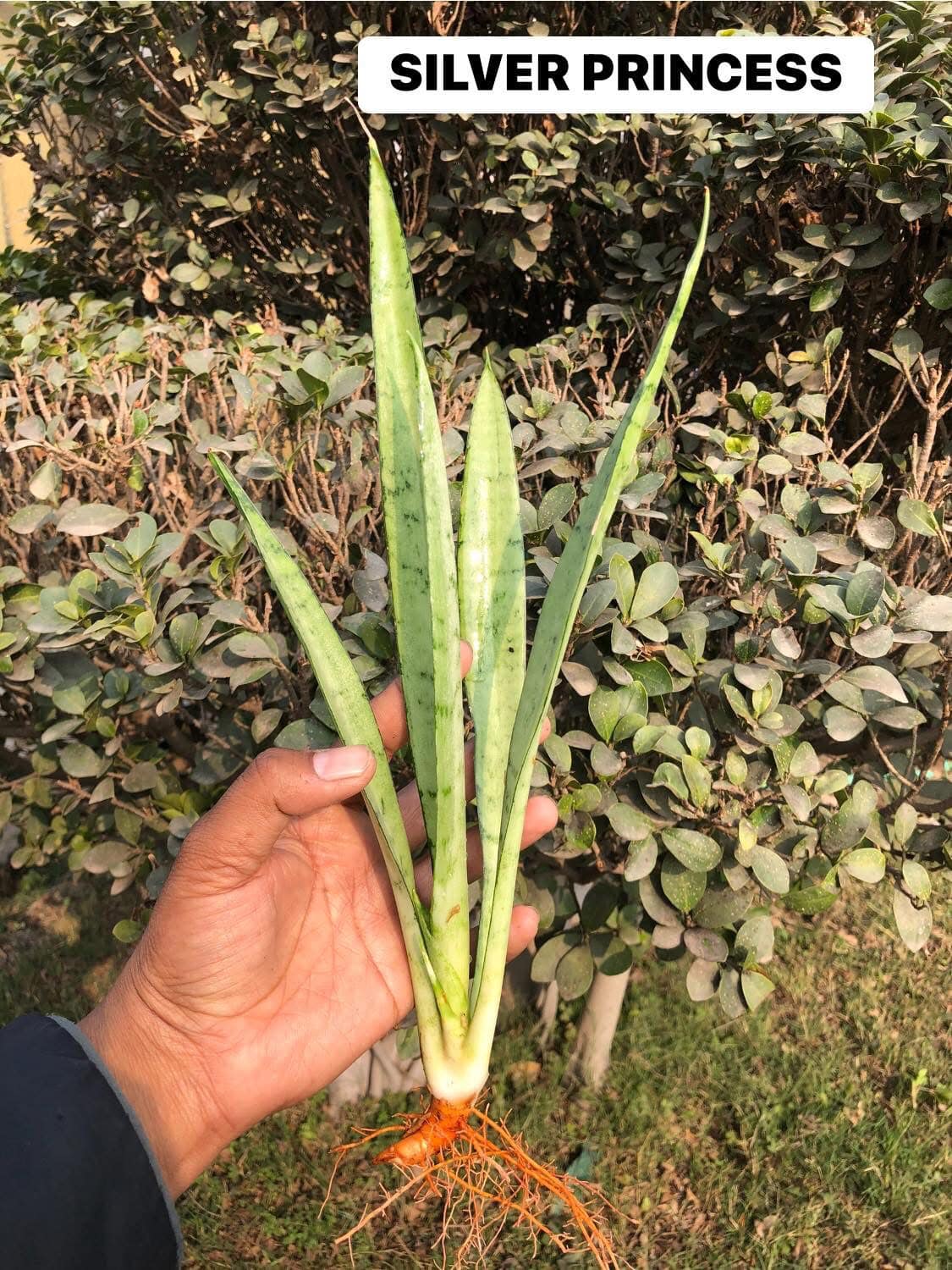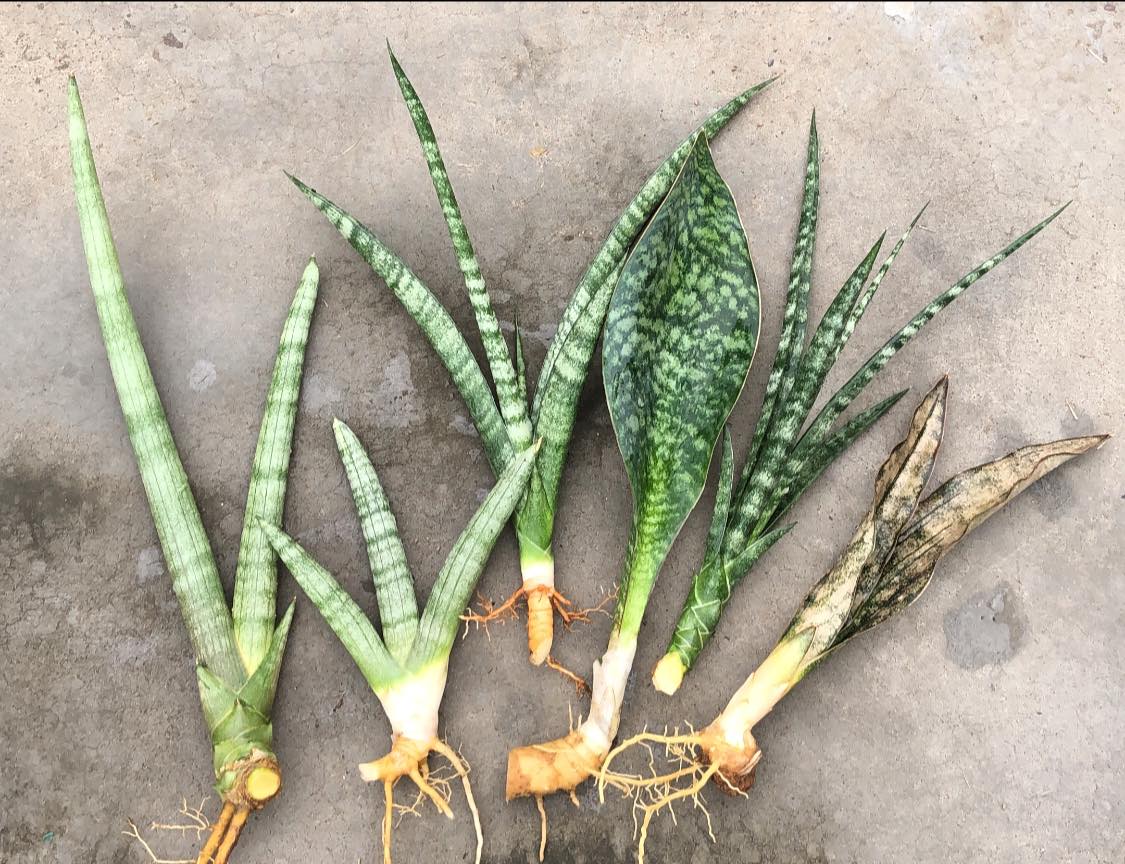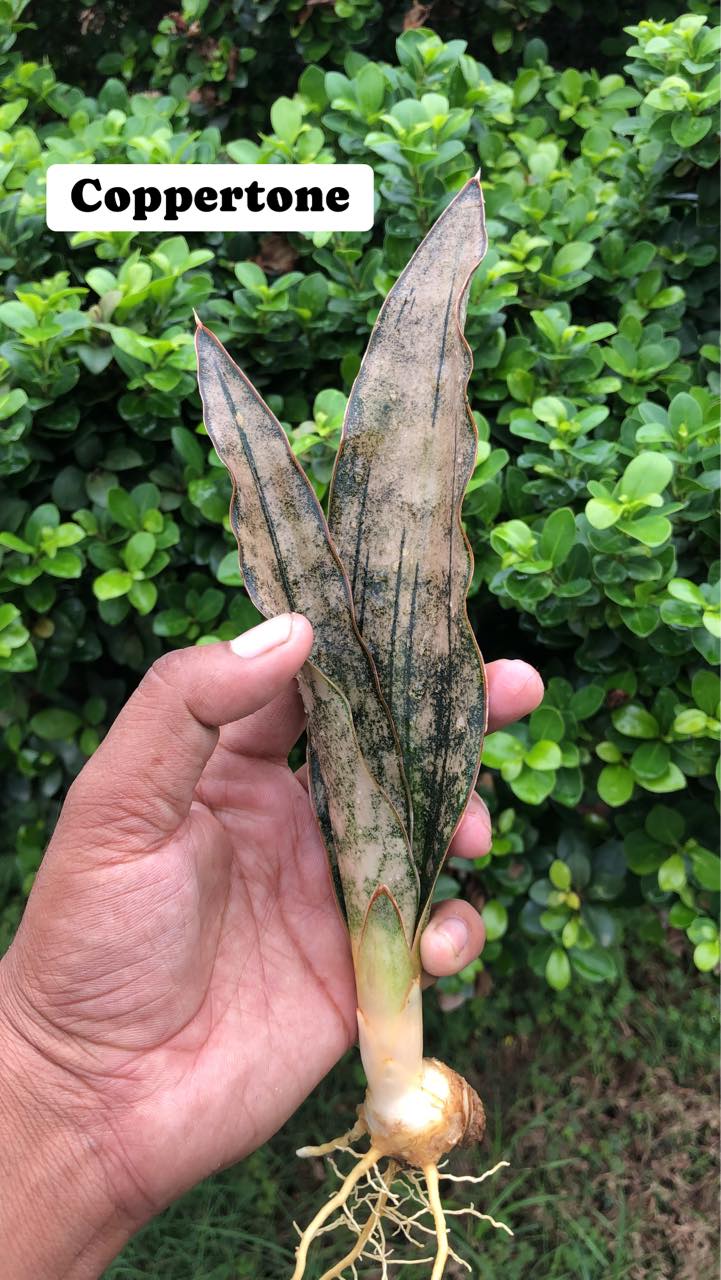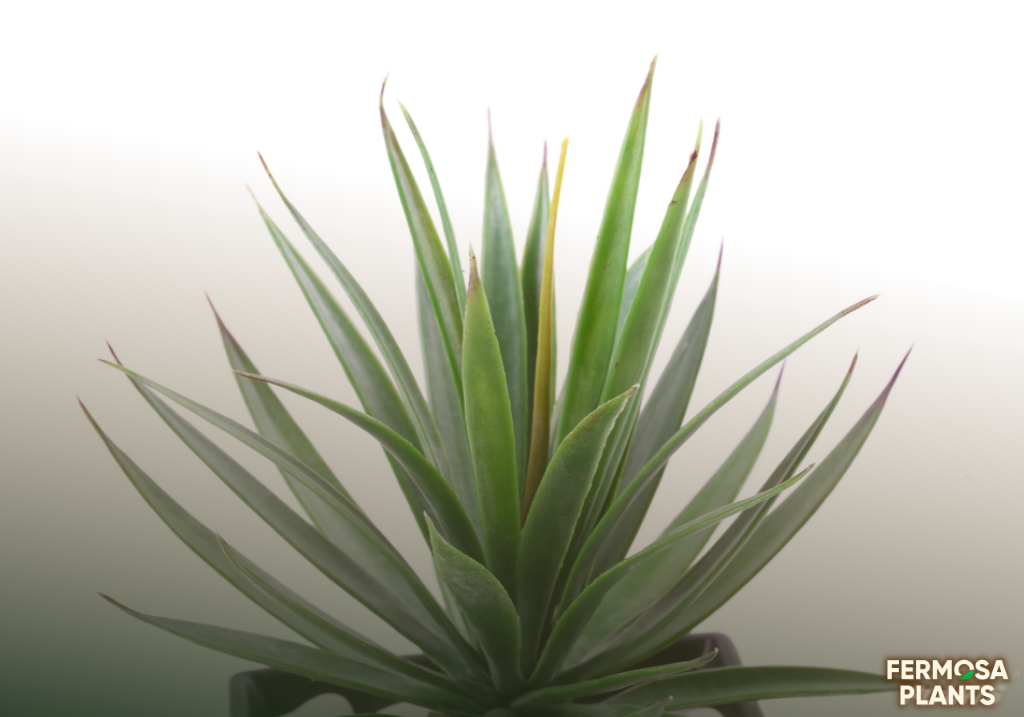
How to Grow and Care for Agave

Agaves are grown for their dramatic foliage, not their flowers. One large agave is all you need to make a sculptural focal point in the garden. Just make sure there is plenty of room to walk around it, so no one accidentally brushes against the spiny tips. Agaves also can make a nice border grouping and provide textural contrast with other plants. Pairing them with ornamental grasses can soften their hard edges. Plus, small agave species are excellent for containers, indoors or outside.
Agaves thrive on neglect. The key is to make sure they have well-draining soil and ample sunlight. When grown in an environment they like, they need very little supplemental care from you.
Light
Agave plants prefer a spot with full sun, meaning at least six hours of direct sunlight on most days. But they can tolerate a little shade. The hotter the climate is, the more shade they can handle.
Soil
Agave plants will tolerate any well-draining soil, but their preference is rocky or sandy soil. Poor soil drainage can lead to root rot, which can kill a plant. Moreover, they like a slightly acidic to neutral soil pH.
Water
Mature agave plants are very drought tolerant. You generally only need to water them if you've had a long stretch without rainfall and the soil is completely dry. However, when you are first establishing a plant, water it every four or five days for the first month. Then, water once a week, and gradually space watering to every other week, depending on rainfall.
Temperature and Humidity
The majority of agave plants can't tolerate fros But there are some, such as Agave parryi, that are reliably perennial to zone 5. Moreover, most agaves prefer a climate with low humidity. High humidity can lead to crown rot on the plant.
Fertiliser
Feeding typically isn't necessary for agave plants. Feeding encourages flowering, which you don’t want to happen too soon because most agave plants die after flowering.



